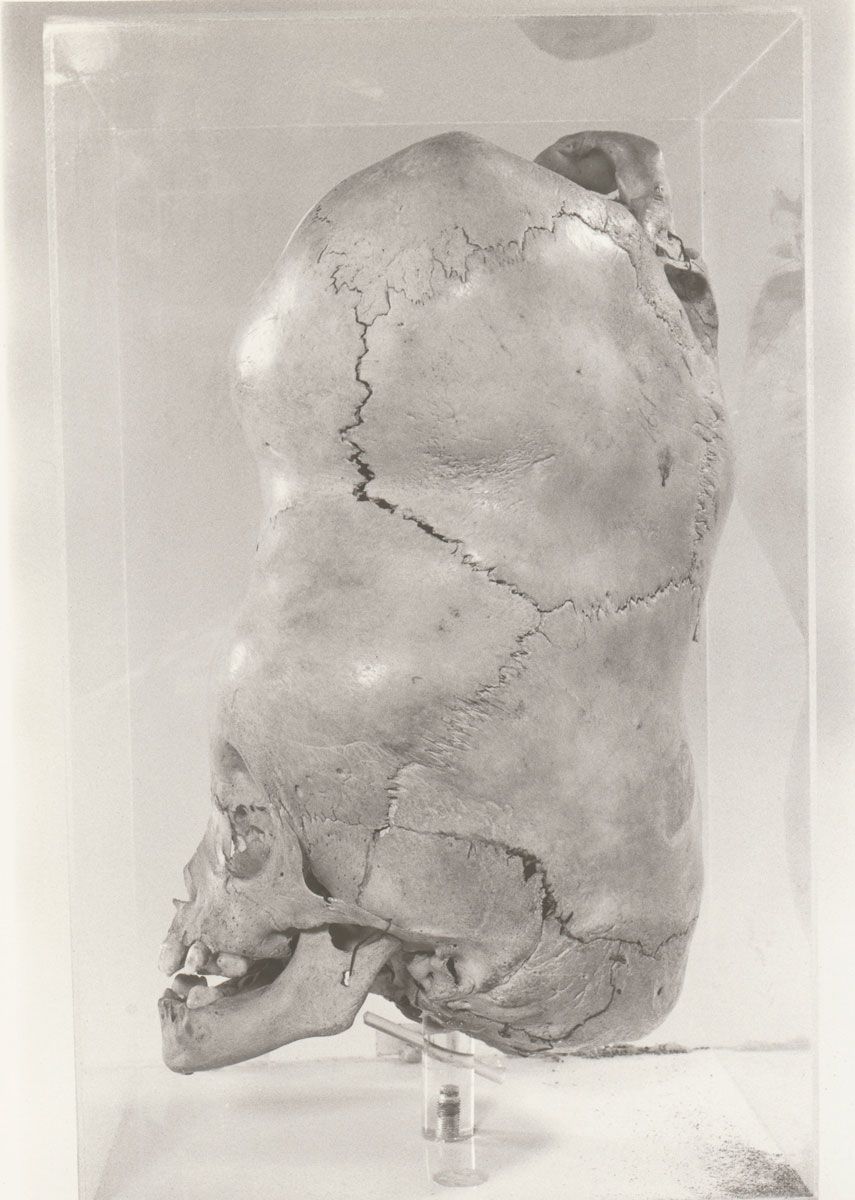He had two heads.
Fortunately, the baby was rescued with some burns in one eye and ear.
The two-headed baby attracted great deal of attention and earned the family a fair amount of money.

By two headed some people might assume two heads growing side by side from a single neck.
In this case, however, the boys second head grew atop the other.
It sat inverted on top of the main head, and ended in a neck-like stump.

The second head seemed to function independently of the main head.
It also produced plenty of tears and saliva.
However, the corneal reflexes were missing and the eyes reacted weakly to light.

Despite its freakish appearance, the boy did not seemed to suffer any ill effects due to its condition.
One day when the child was 4 years old, his mother left him alone to fetch water.
When she returned, she found the child dead by the bite of a cobra.
Many anatomists offered to buy the corpse, but the religious parents could not allow such desecration.
He dissected the putrefied body and gave the skull to a Captain Buchanan of the East Indian Company.
The captain later brought the skull to England and gave it to his friend Everard Home.
Skull of the two-headed boy from Bengal at The Hunterian Museum, The Royal College of Surgeons of England.
When Mr. Dent dissected the heads, he discovered that the brains were separate and distinct.
Parasitic conjoined twins are very rare are often stillborn or incapable of surviving after birth.
The only viable treatment is to surgically remove the parasitic twin.
But these kind of surgeries are very risky.
In 2004, Rebeca Martinez was born in the Dominican Republic with this rare condition.
She underwent surgery at the age of eight weeks but died as a result of blood loss.